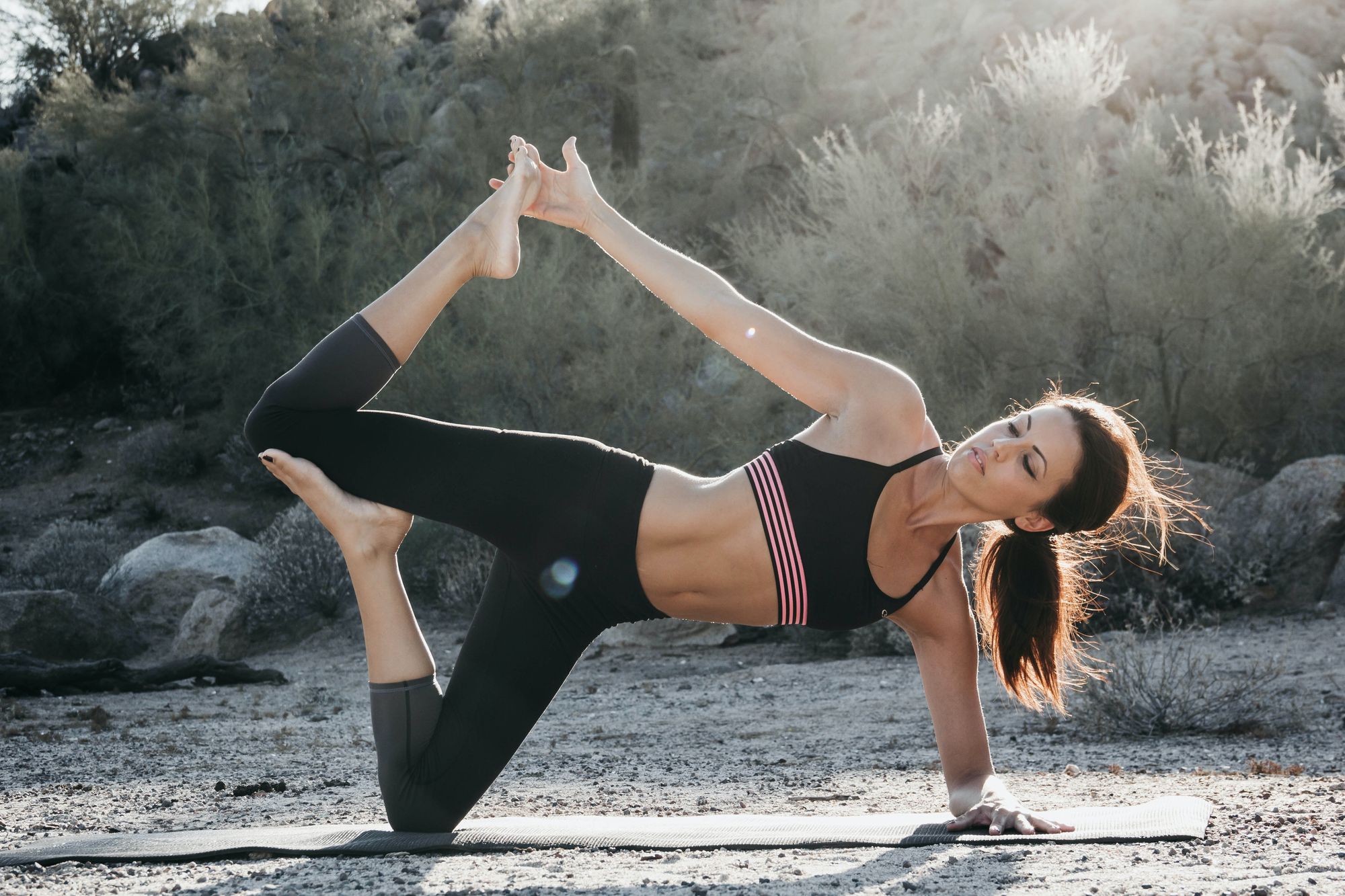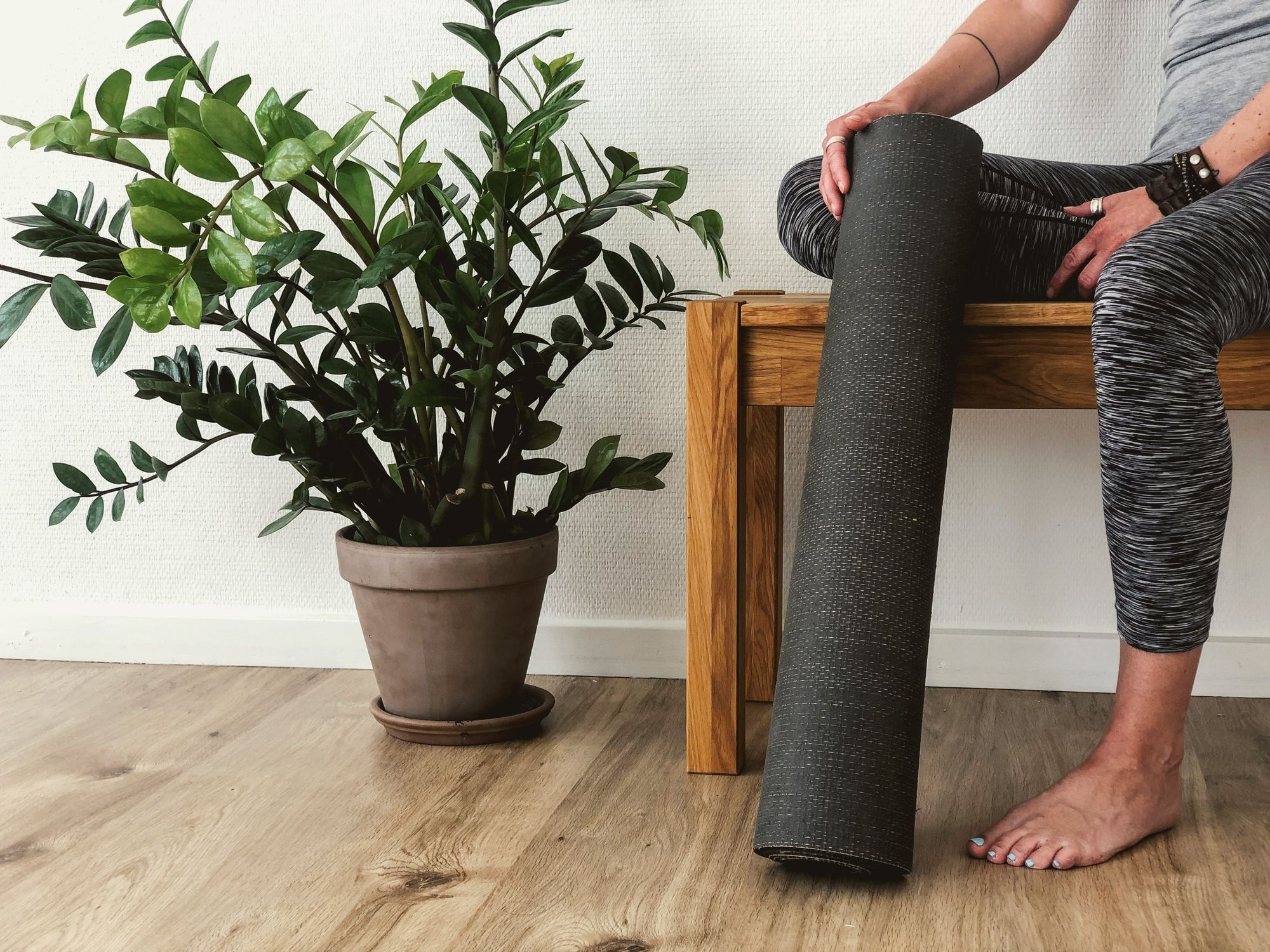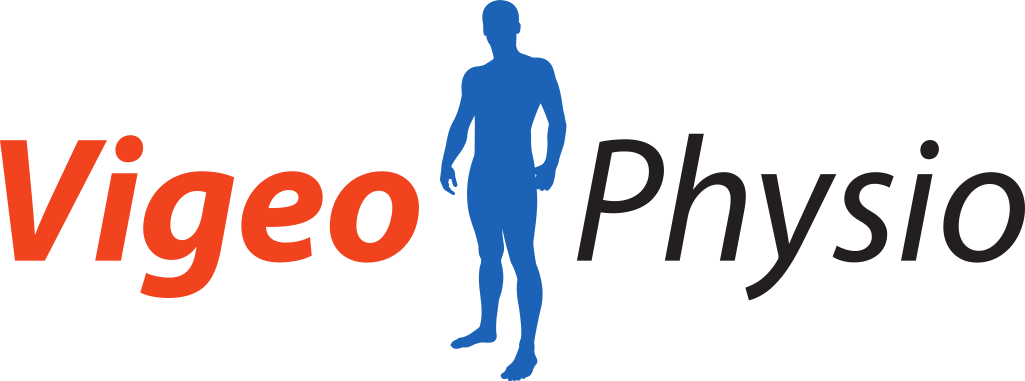Tips for exercising when its cold plus nerve pain vs muscle + more
Nurture your body, achieve your potential

❄️Tips to exercising when it is cold
Performing posture therapy exercises saves you time and helps you to better give your body the stimulus it needs so you can be awesome in your life and work. The colder winter months can make it harder for some people to keep up with their exercises. Do you need some tips to keep warm to overcome this hurdle and keep maintaining and improving your physical condition? Read on...
- 🚶♀️Go for a walk to get your body moving and warm before starting your posture/stretches/strengthening exercises
- 👚Start your exercises wearing extra layers of clothing and shed them as you warm up over the course of your programme/workout
- Cold floor? Do you have a mat, a rug (or 2) or something equivalent to create a buffer between the cold surface and your body? You may need to find a suitable material to provide a better barrier to the cold. Even a towel could work if you really need. Another option could be to wear socks (but don't slip)!
- 🎏Draught - can you deal with the draught at its source by placing something around the door/window etc?
- 🌅🌇Time of day - is there a time of day when your house/building is warmer? Whilst posture exercises are generally best performed in the morning (unless you are on night shift or struggle to fit it in until later in the day), you may find it better later in the day.
- 🧑💼Alternatively if you find it challenging at home, is there a private space at work that you can make use of (and enjoy a warmer environment)? You may need to time it for when others aren't there if you prefer to be uninterrupted.
Keep maintaining your focus so you keep up your exercises through thick and thin. You will be rewarded with a well-functioning body. It reminds me of the phrase: when the going gets tough, the tough get going.

😞 Nerve pain vs other sources
Many people have pain or problems in their body and immediately suspect that a muscle issue is the cause. There are so many different tissue types in your body that can give you signals. Nerve symptoms are very common and frequently contribute to (or are overlooked) with problems that are more of a persistent/chronic nature.
Commonly, people are told that nerves involve symptoms like: numbness, tingling, weakness, burning, sensory changes, loss of reflexes, difficulty with coordination or balance, changes in bowel or bladder function and changes in skin temperature or appearance.
Tightness is another sensation that is frequently misinterpreted. Which can make it difficult when you try to get your body moving, perform stretches or strengthening exercises or activities. The effect of working your body the wrong way for the problem you have can be painful, disheartening and confusing.
Muscles are generally like stretching. Nerves don't.
When you perform the wrong stretch/exercise you will experience problems that will persist or even make things worse for you. Fatigue, pain and dysfunction can occur. Unfortunately when you have a significant problem, navigating your way back out of this requires a careful, methodical approach to achieve real success.
During my advanced training in spinal manual therapy, we spent a significant amount of time learning to manage nerve pain and problems. If you have a problem that you suspect may be due to nerve issue(s) and would like some clarity, please contact me. I would love to help you to overcome it.

✔️Are you getting the most out of posture therapy?
The Vigeo Physio website has undergone a recent update. Hopefully it is a whole lot clearer the concept of Posture Therapy. Check it out, are you getting the most out of posture therapy at the moment?
www.vigeophysio.co.nz/posture-therapy
Let me know if you can't find anything you need or have more specific questions or have a problem that you want to overcome. The results that my clients are experiencing from posture therapy are really great and I would love to help you (or someone that you know) experience the benefits first hand.

